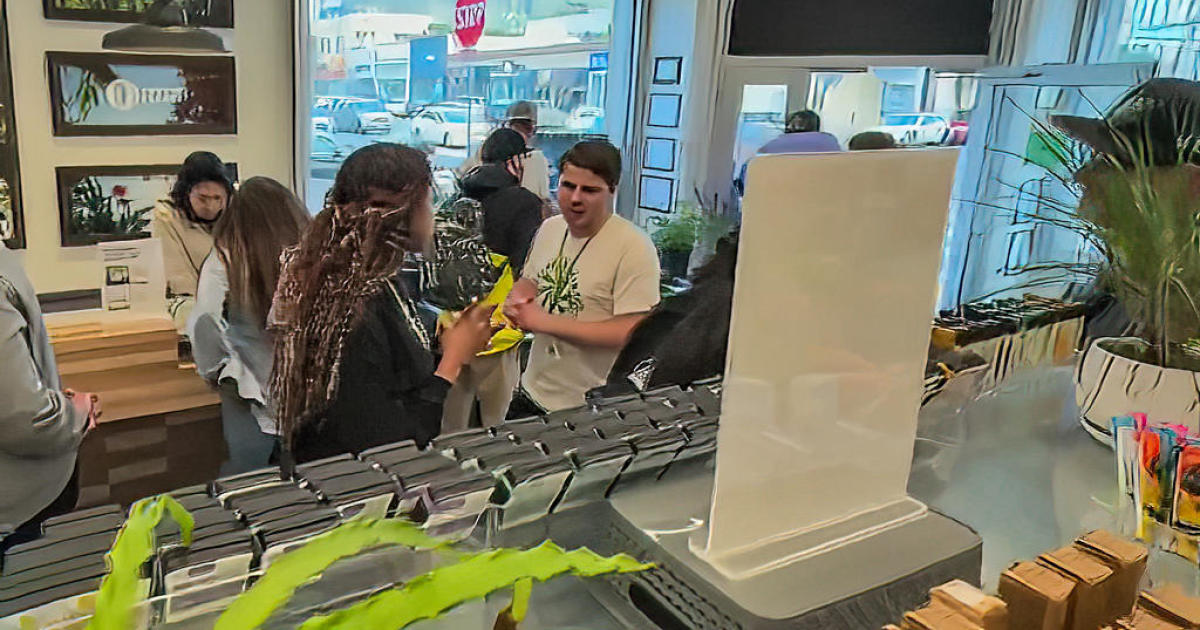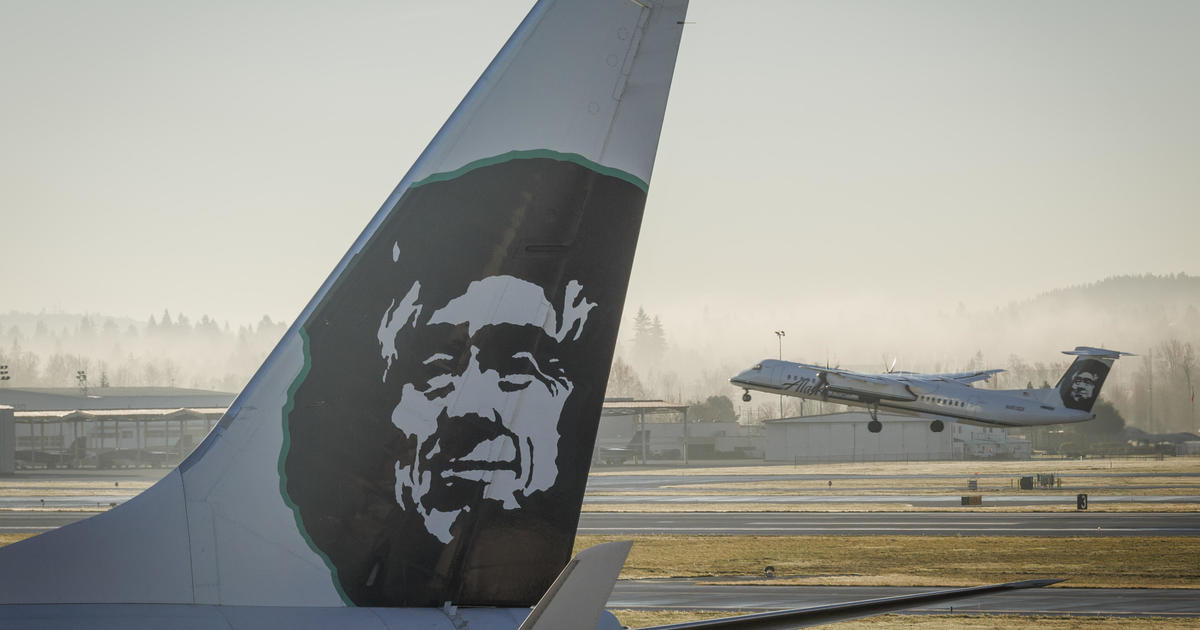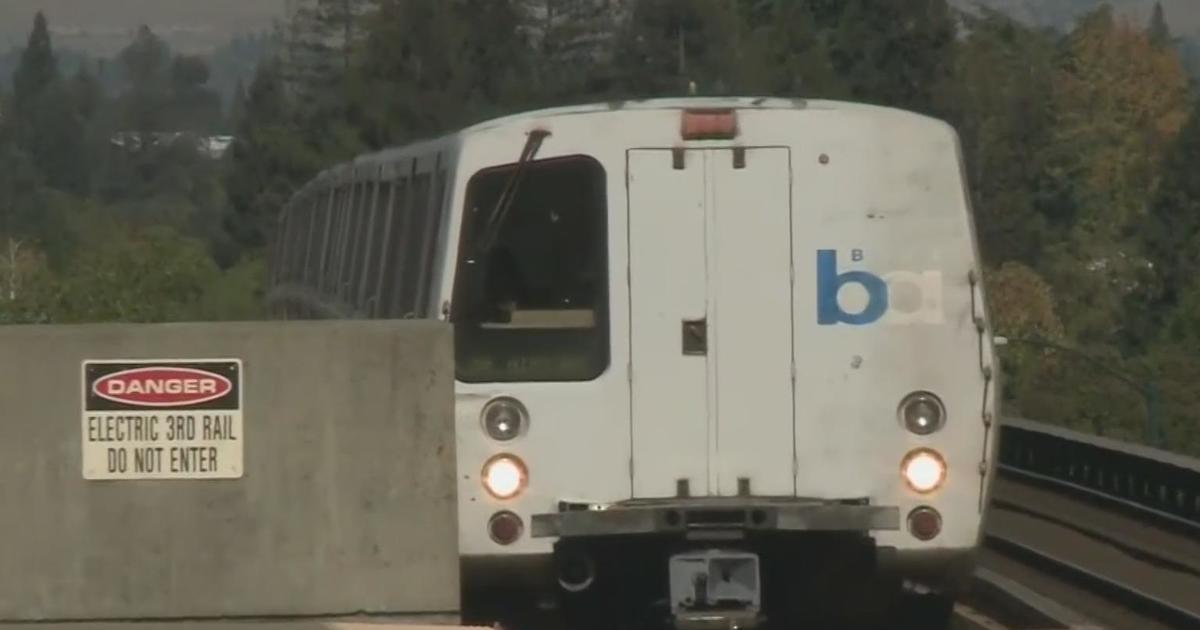2 Weeks After Hawaii Volcano Eruption, Residents Say It's Getting Worse
(CNN) -- Steve Gebbie has to wear a face mask every time he comes close to his home on Hawaii's Big Island.
When the Kilauea volcano erupted May 3, Gebbie and hundreds of others were forced from their homes in the Leilani Estates subdivision. His home is still standing, but it's surrounded by toxic gas.
"It's hard to believe that it's happened in our neighborhood," Gebbie said. "And every day has gotten worse."
Residents have periodically been allowed to go back and check on their homes.
Fissures, or cracks in the ground, are opening wider and wider by the day. The lush green jungle has become rotten, yellow vegetation. Sections of streets that disappeared under the lava two weeks ago now look like a river of black molten rock.
The toxic gas continues spewing from the fissures.
Gebbie, 56, said the windows and doors of his home have turned orange due to the gas. He knows he will likely never be able to live there again.
"We can't give up," said Gebbie, who's lived in Leilani Estates for 12 years.
"This is paradise."
How to help the Hawaii volcano victims
22nd fissure forms
The 22nd fissure opened on Friday morning, according to the Hawaii Volcano Observatory and Hawaii County Civil Defense Agency.
In the past week, an eruption from the volcano's summit shot ash and smoke 30,000 feet into the air, new fissures appeared and some earlier ones reactivated flowing lava.
Authorities handed out almost 18,000 masks to help residents deal with the fallout after Thursday's explosive eruption from the Kilauea summit.
The sulfur dioxide was thick afterward near the Hawaii Volcanoes National Park, enveloping the area in a thick fog that smelled of rotten eggs. And in Pahoa, the earth sounded like it was cracking wide open as lava spattered and exploded from fissures.
Ku'ulie Becklund has been watching lava spurt from fissures night after night from her Pahoa home. She was startled by how loud it was, but life goes on. She still goes to work at a local grocery store, where an eerie apocalyptic scene plays out as residents meander through the aisles wearing gas masks.
Scientists with the US Geological Survey said they expect the eruptions to continue.
"At any time, activity may again become more explosive, increasing the intensity of ash production and producing ballistic projectiles near the vent," the USGS said. "Ballistic projectiles may be produced should steam-driven explosions occur. Impacts will be limited to an area around Halemaumau."
Halemaumau is the crater within Kilauea's summit caldera.
© Copyright 2018 CNN. All Rights Reserved. This material may not be published, broadcast, rewritten or redistributed.



